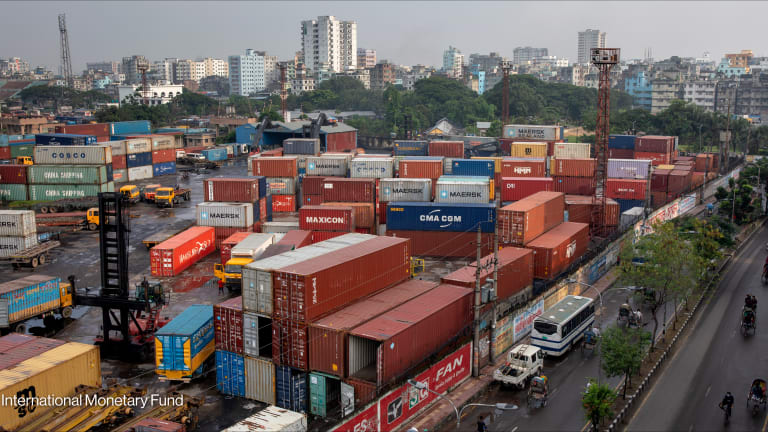Development donors spent about $2.4 billion for health between 2010 and 2019 in Afghanistan according to the Organisation for Economic Co-operation and Development’s official development aid data.
Multilateral donors led by EU institutions, including the World Bank, the Islamic Development Bank, and also key global health institutions such as Gavi, the Vaccine Alliance and the Global Fund to Fight Aids, Tuberculosis and Malaria, represent 68% of the total health funding over said period of 10 years.
This story is forDevex Promembers
Unlock this story now with a 15-day free trial of Devex Pro.
With a Devex Pro subscription you'll get access to deeper analysis and exclusive insights from our reporters and analysts.
Start my free trialRequest a group subscriptionAlready a user? Sign in
Printing articles to share with others is a breach of our terms and conditions and copyright policy. Please use the sharing options on the left side of the article. Devex Pro members may share up to 10 articles per month using the Pro share tool ( ).









